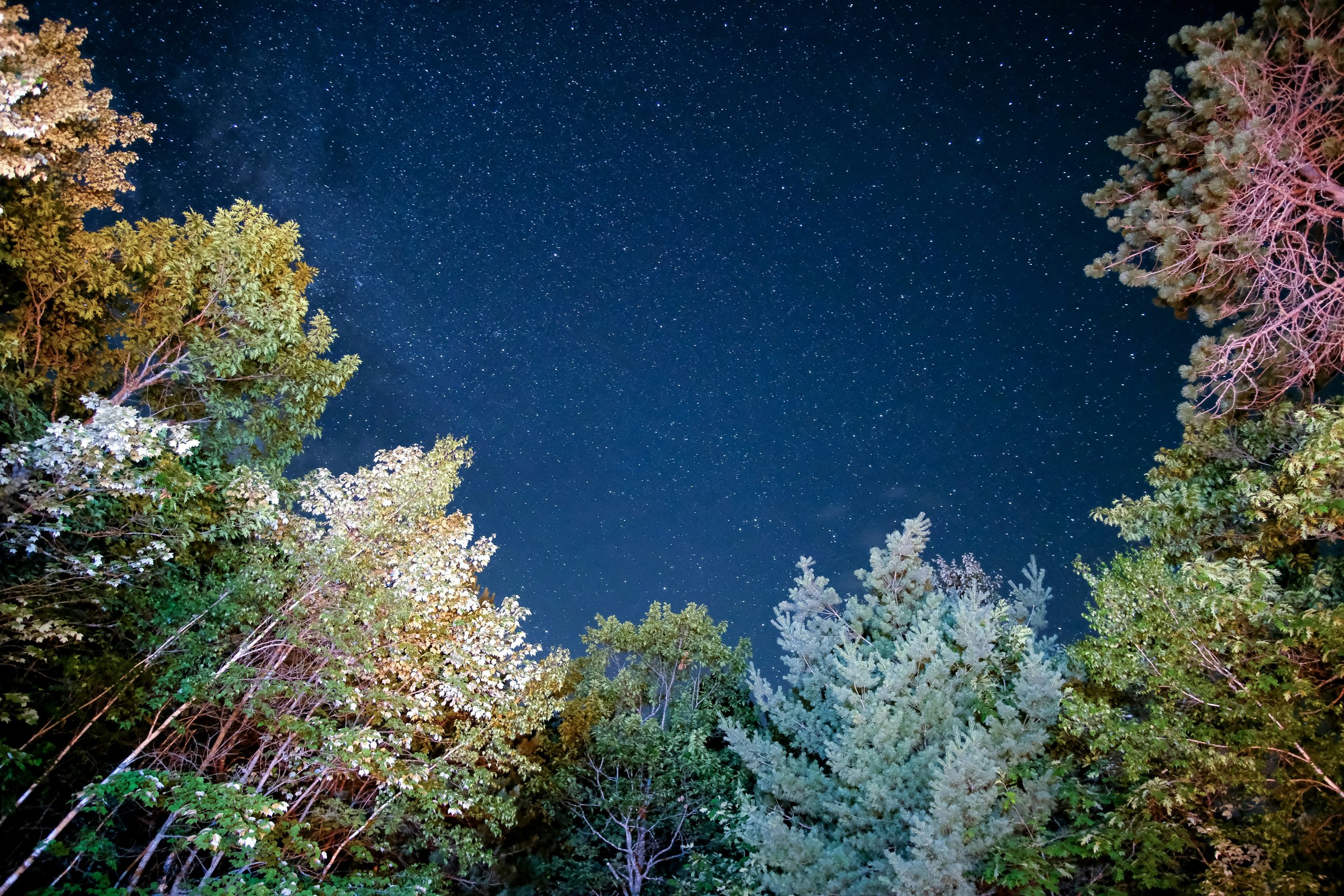
Bat Emergence
Bat emergence surveys are a critical tool to understand bat use of habitats and man-made structures. While human observers can be effective for spotting bats immediately after sunset before it gets dark, there is increasing recognition that the human eye is not optimized for low light condition and can easily miss bats during dusk and dawn surveys.
In the UK, The Bat Conservation Trust has issued guidance that states that “Surveys should be carried out using night vision aids (NVAs) (e.g. night vision, infra-red camera, or thermal imaging camera) as bats often emerge after it is too dark for surveyors to observe them.” This guidance has driven ecologists to start using NVAs to record the emergence for bat surveys. The current solution for reviewing the resulting videos is to have ecologists manually watch them to determine if bats are present and where they emerged from. As you might imagine, this is a very time-consuming process with some people taking longer than the length of the video to review it. A more efficient method is needed to review these videos.
Our solution is for bat survey professionals who are dissatisfied with the excessive cost and tedium of having to manually review bat emergence videos. Our video processing solution turns hours of videos in summary images that highlight only the motion detected in the video, allowing ecologists to quickly determine if bats are present and where they emerged both spatially and temporally, reducing time per video by up to 90%. Unlike free or open-source video processing software that requires you to maintain the software, process video on your own computer and negotiate a steep learning curve, our solution is cloud based, requires no configuration and comes with technical support. You simply upload the videos, and we’ll process them, it’s that easy.
Solution Details
While we are all for AI, we also know that no one knows the context and site like the ecologists who were actually there. Our solution has been designed to aid ecologists and reduce the drudgery, it is not meant as a replacement for professional judgement. We like to use the most highly trained and up-to-date neural network available, the ecologist’s brain!
-

Record
Our process works well for both near-infrared and thermal imaging video. For thermal imaging video we find that either a white-hot or black-hot palette leads to the most consistent detections, but you can use any palette of your choice. As long as you are videoing from a stationary location, our software will help you immensely.
-

Upload
The first step of our process is to upload your emergence videos to a Google Drive account. We have tried several cloud storage services (e.g. OneDrive, Dropbox) and have found Google Drive to be the best mix of usability and flexibility. Don’t have a Google Drive account? Don’t worry, you can create a free one and we can share our storage with you.
-

Process
Once you have uploaded your video, we can start our processing. Our software processes your video frame-by-frame, looking for motion within the video and saving it to an image for later review. We create one summary image for each 30-60 seconds of video that occurs. In addition to logging the motion, we also log both the local time and video time that the images represent. This allows you to go back into the video and quickly locate where the action happened. We also have an option to show an example from the video below the motion image, so you can understand what the conditions were when the images were created.
-

Review
Once we have processed all the video, we upload the summary images back onto your Google Drive for your review. Now for the fun part! You get to review the images and determine if bats were present. For 2 hours of video that is approximately 120 images, which can be reviewed and sorted in a matter of minutes. We recommend sorting images that you suspect contain bats into a separate folder for later review. All this can be done using the tools that you currently have on your computer, no special software is needed to review the images.
Once you have sorted all the images, you can use the images that require further review to go back into the video and quickly go to the portion of the video that contained the motion. Was that a bat emerging or flying over the roof? You can then use your professional judgement to determine what happened. Our summary images are also very easy to put into a report, so you don’t have to go back and take screen shots of video.
One great example of the solution is our collaboration with
Co-ecology Ltd. They offer an innovative bat monitoring solution that uses a drone-mounted thermal imaging camera to safely, accurately and effectively identify bats leaving or entering a roost. The drone’s unique vantage point can cover large areas as well as areas of complex buildings that are otherwise inaccessible to surveyors. We processed all of their drone and ground night vision aid recordings during a research pilot program which demonstrated that their methodology:
identifies a greater number of roosts than are found by using ground surveyors,
multiple buildings and building elevations can be effectively surveyed by a single drone,
that previously inaccessible features (PRFs) can be identified and surveyed
it is possible to reduce the number of ground surveyors and/or ground-based night vision equipment used.
This unique combination of drone footage and automated video processing is changing the way that bat emergence surveys are being conducted, and we are thrilled to be on the cutting edge with Co-ecology.
To learn more or schedule a free trial on your emergence video, please CONTACT US.




